I'm almost done with my entry for ArtFields (the deadline is November 9th), so I've been using what time I have to push "Beauty and Grace" toward the finish line. I just have some grinding/polishing/cleaning to do, and then I have to figure out a way to take some decent photos. That has to happen before I leave for SEAC. I also need to finish a luna moth that will grace the sign for my wife's shop (Luna Lola) that she'll open soon on Rosewood. More on that later. Follow the ZeroPointMechanic page on Facebook for updates.
I wanted to share a few photos of a nearly complete sculpture that I more-or-less finished last weekend: "My Father's Hammer." It is a sentimental piece, so it's not for sale. It came together quickly -- I thought of it as a sketch trying to capture the energy and motion of a crow coming in for a landing. It's a freeze frame about adaptability, which is one of the main gifts my father gave me. The head is made from the head of his old hammer, complete with the nails hammered in to shim it onto the shaft. Lots of other odds and ends are pieces of old tools that he let me pick out of his garage over the summer. I'm going to have to secure the piece to a larger metal base to make it stable. Other than that, though, it's done as is.
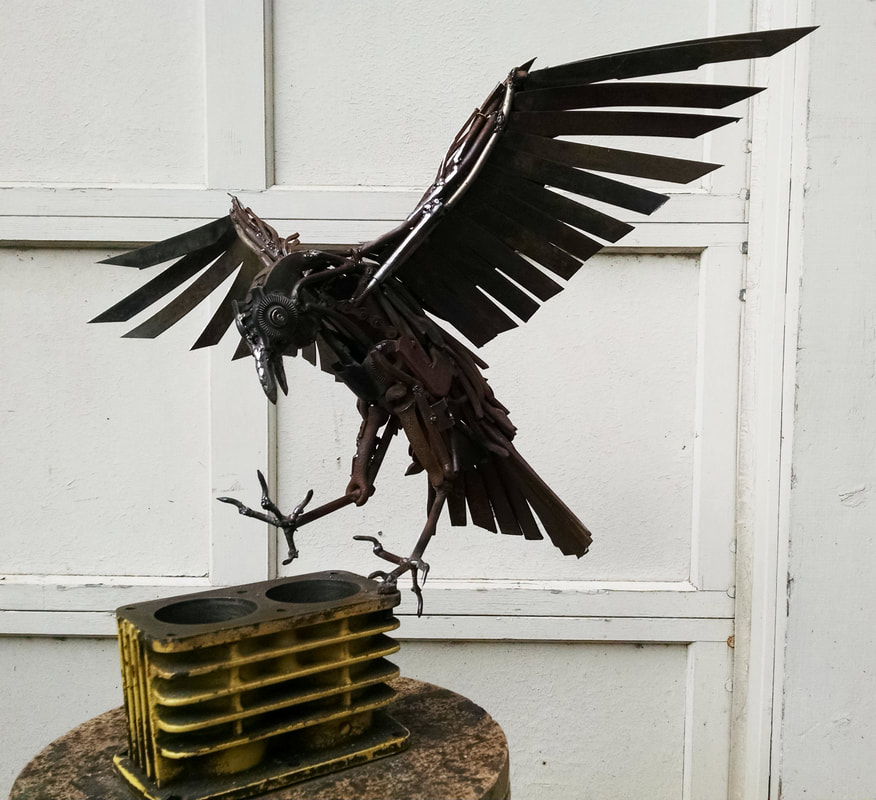
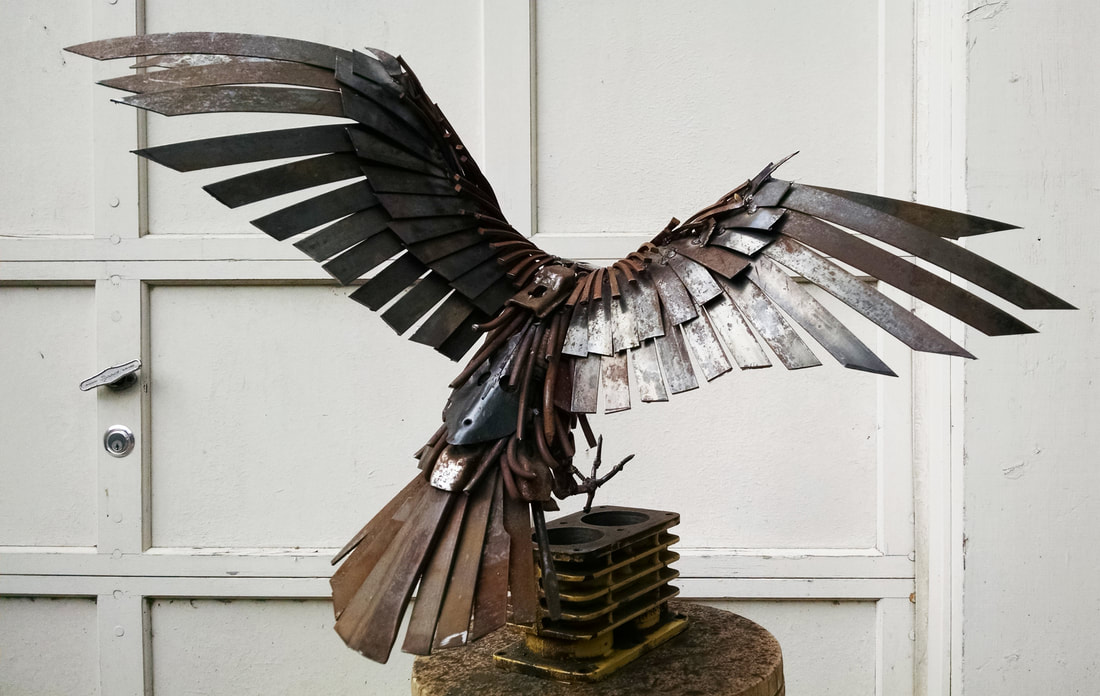
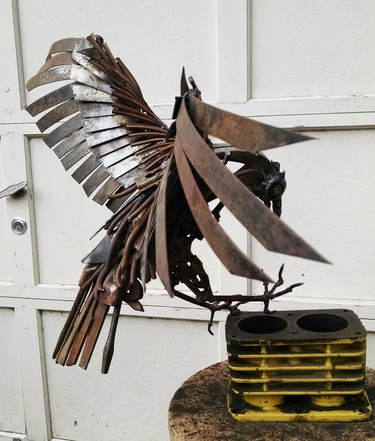
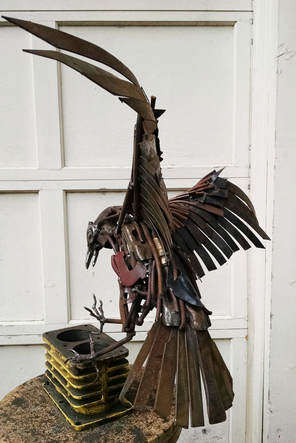
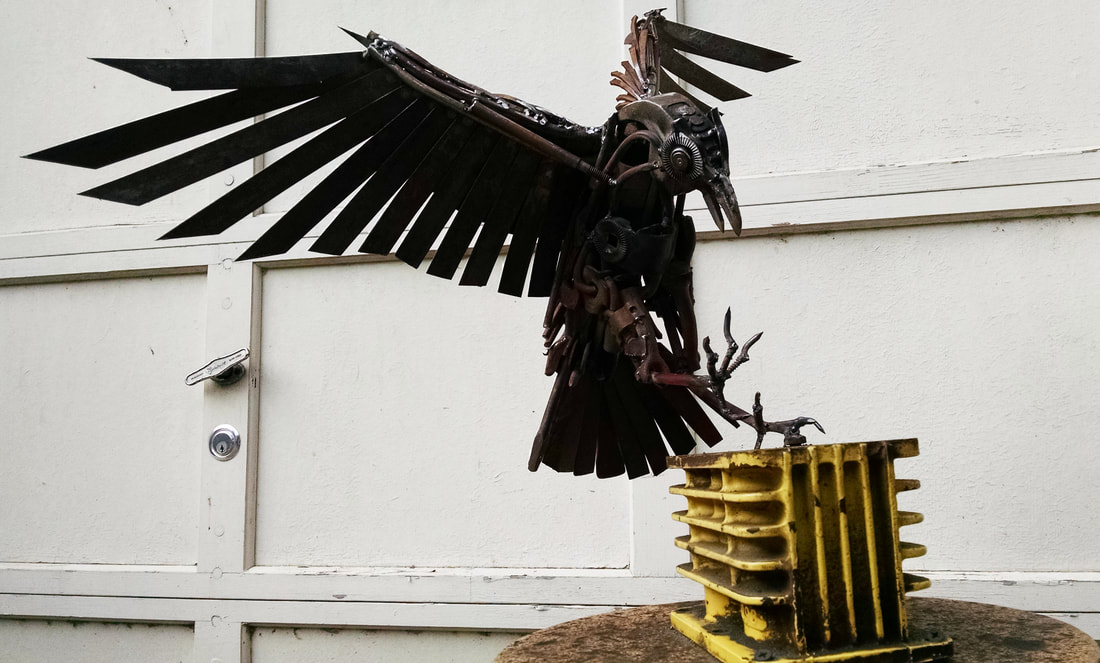
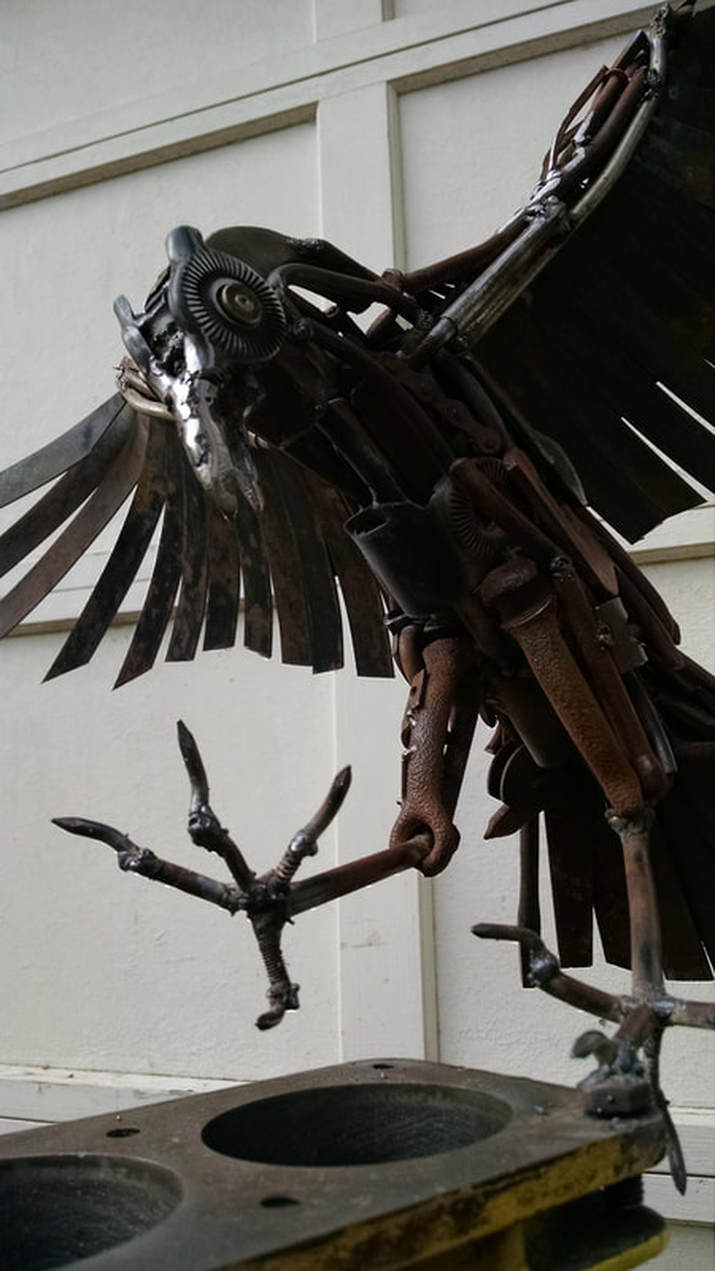
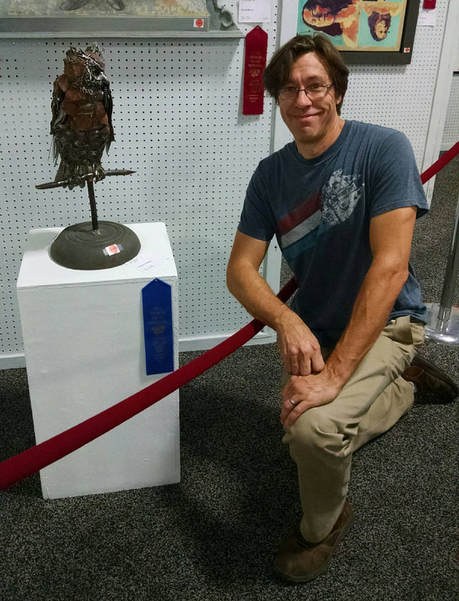
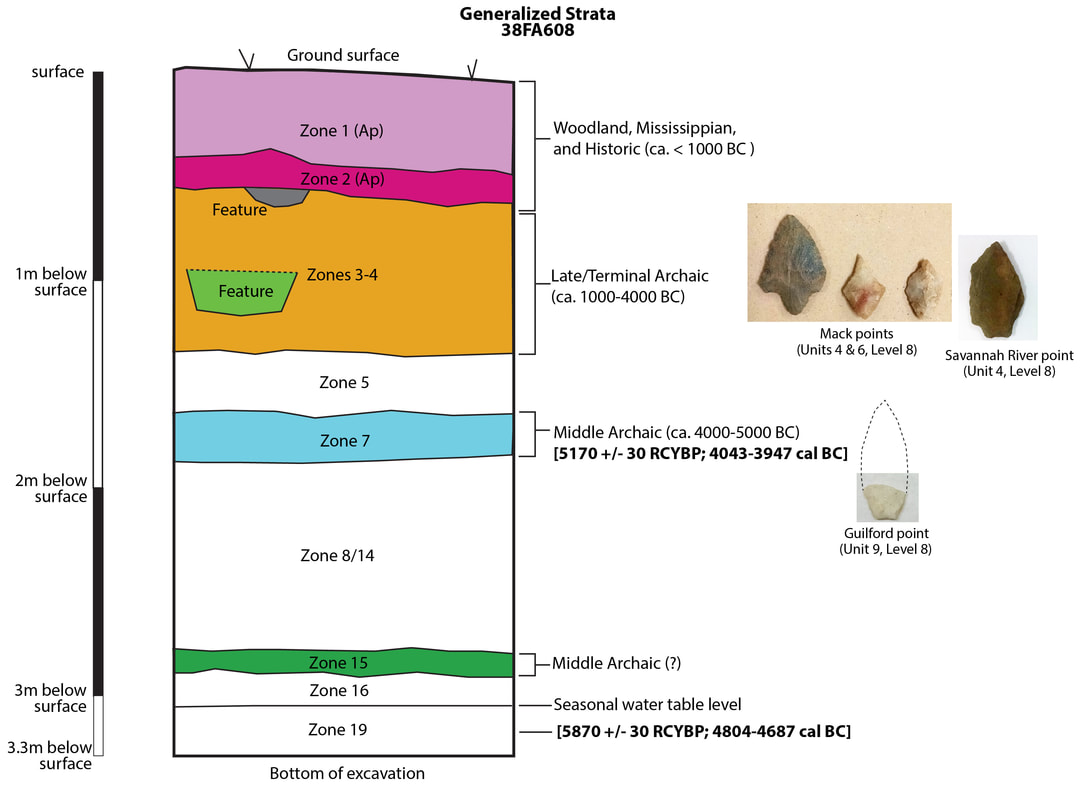
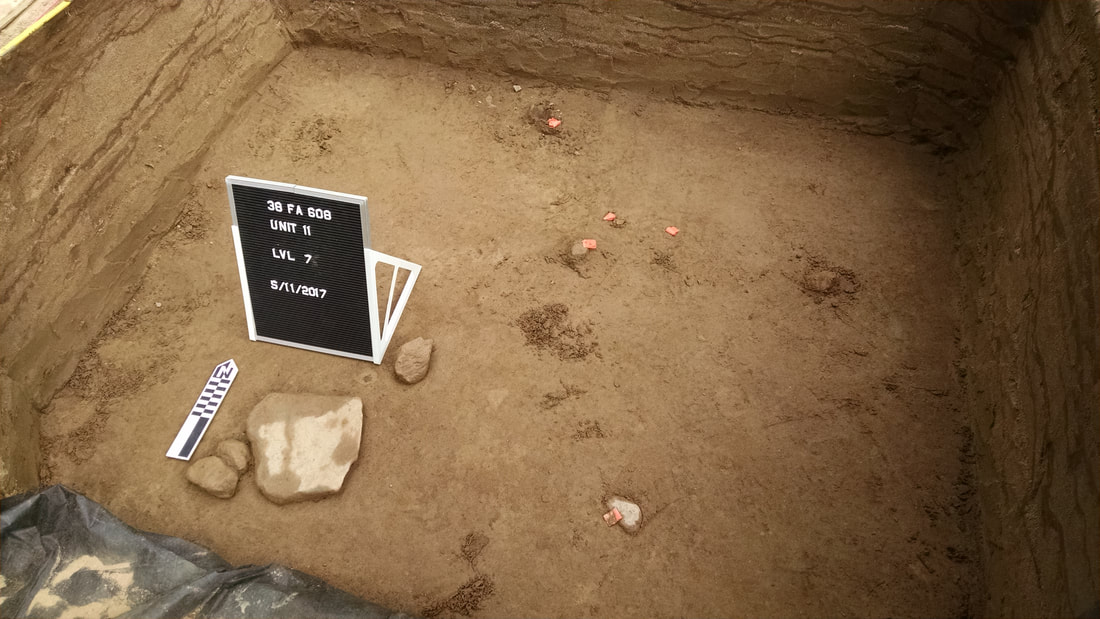
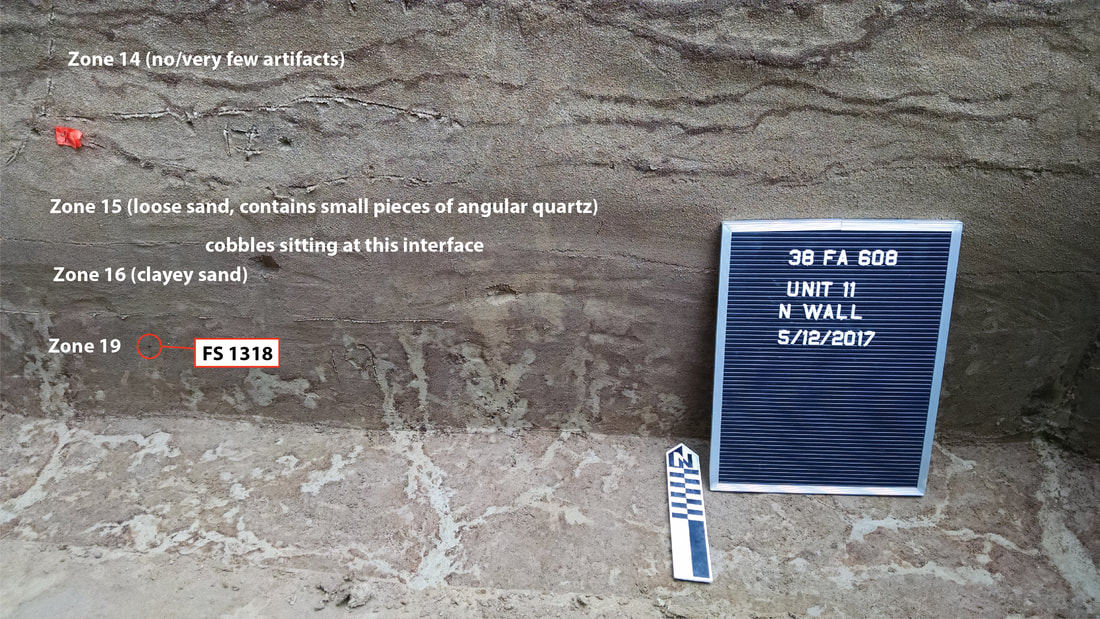


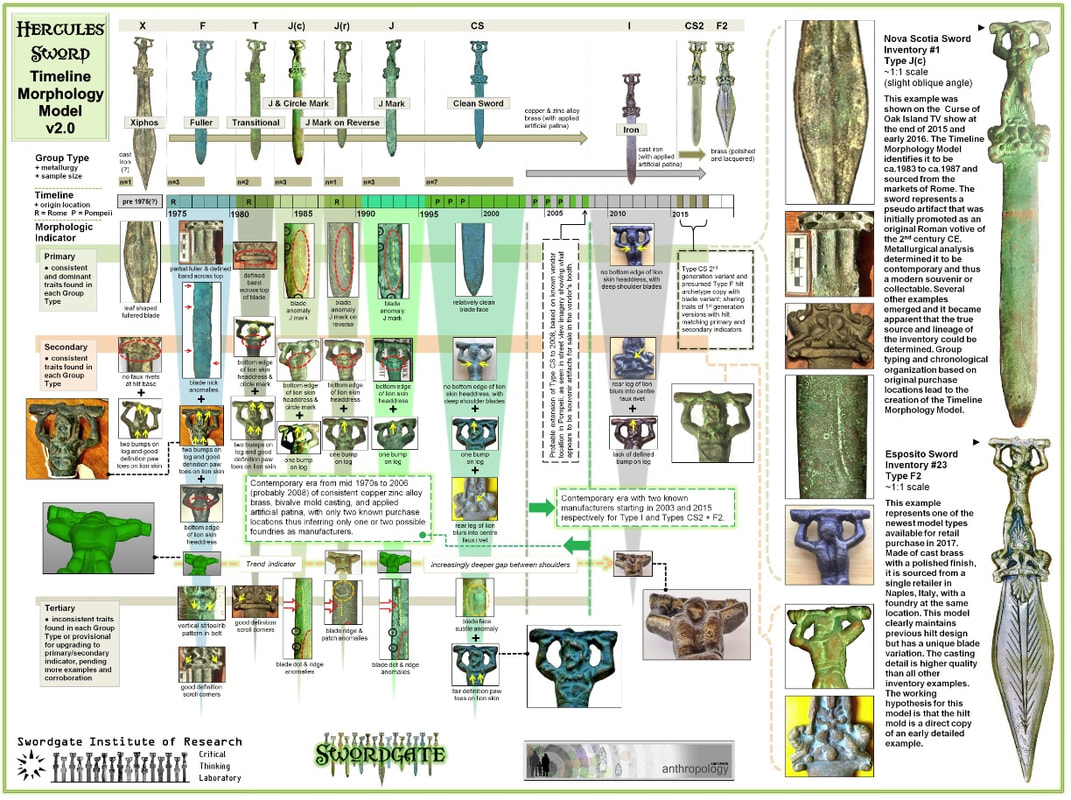

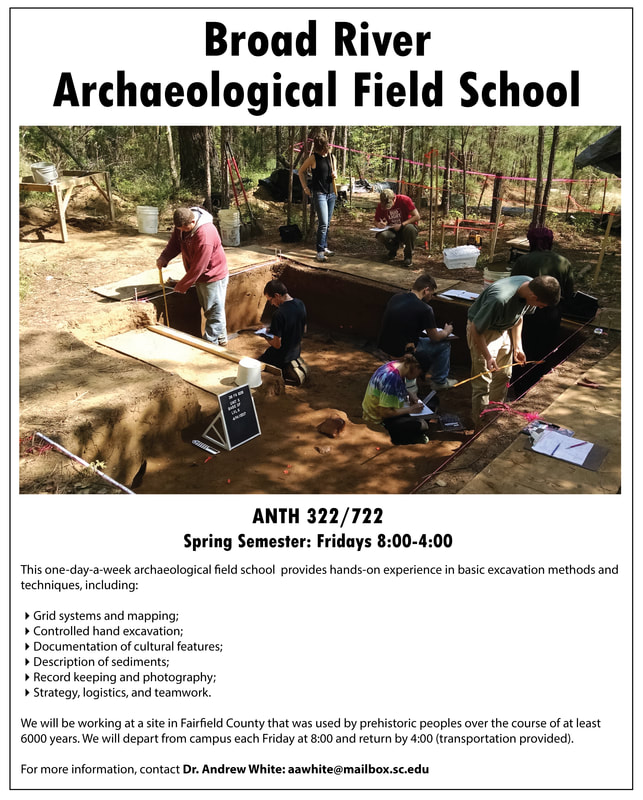
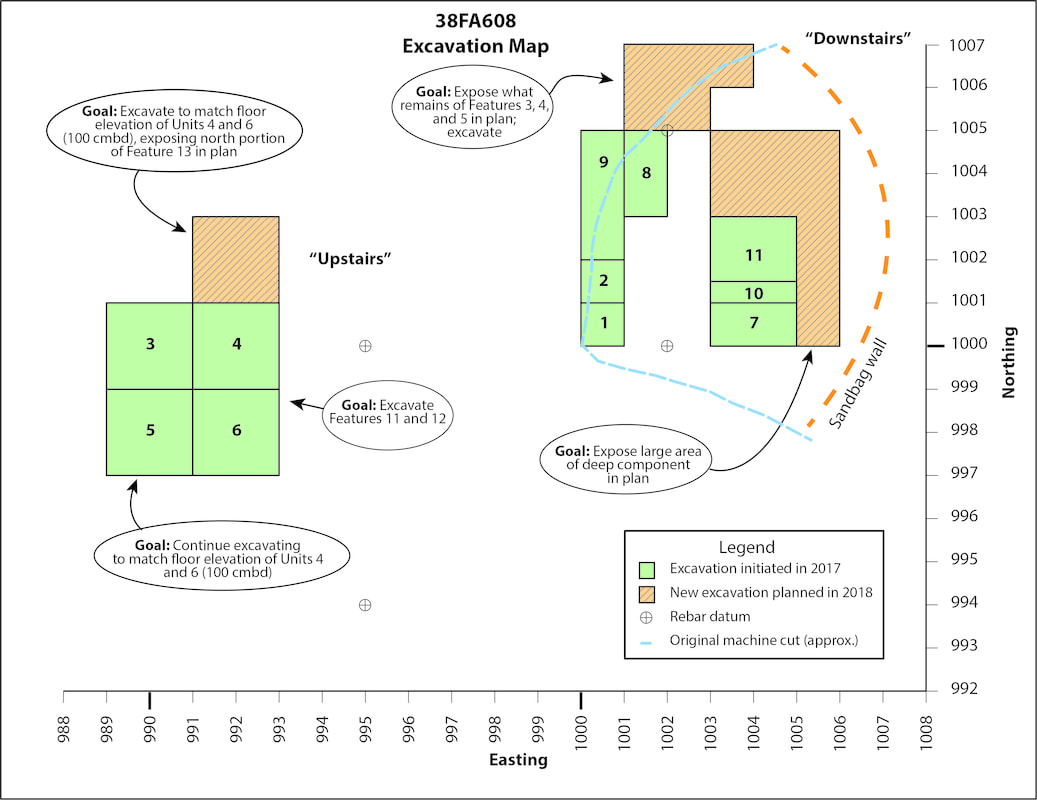
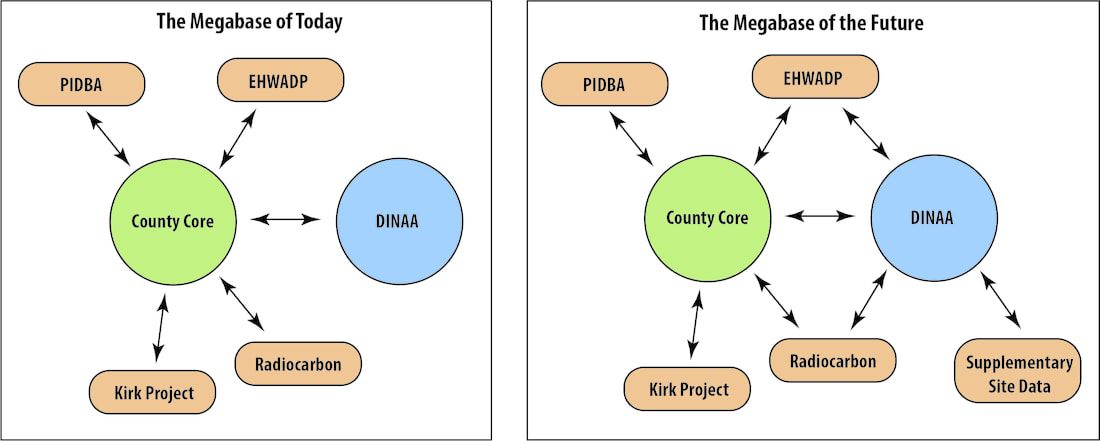
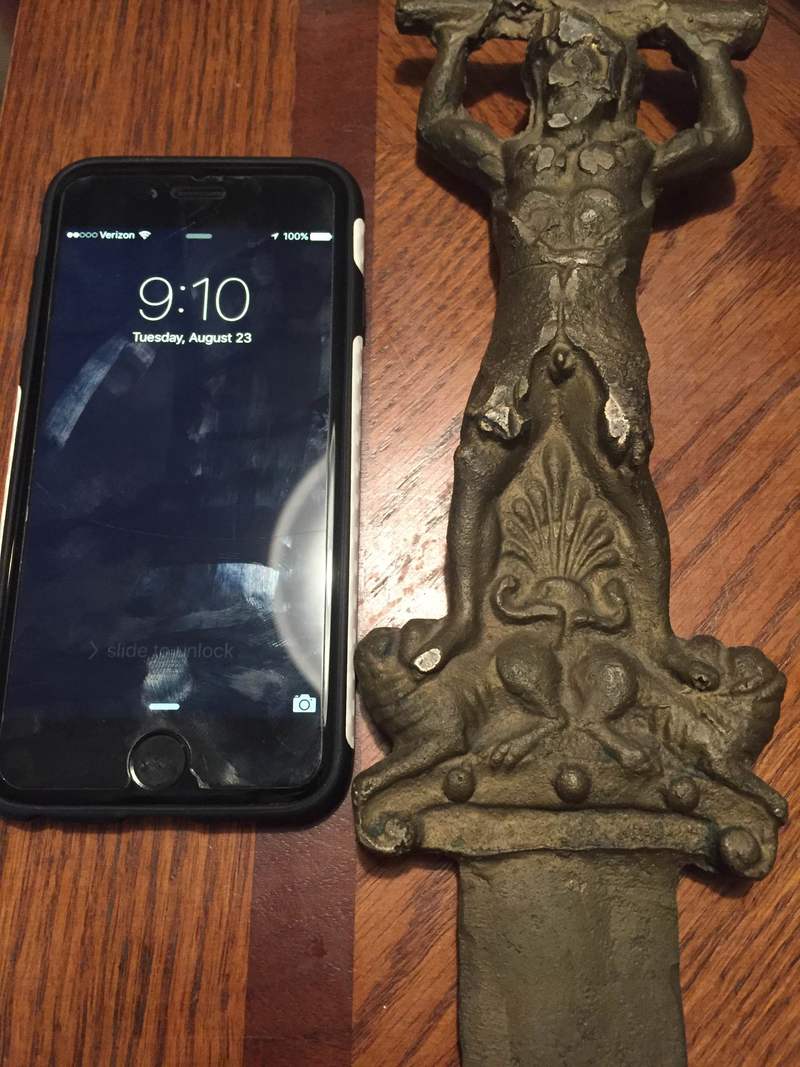

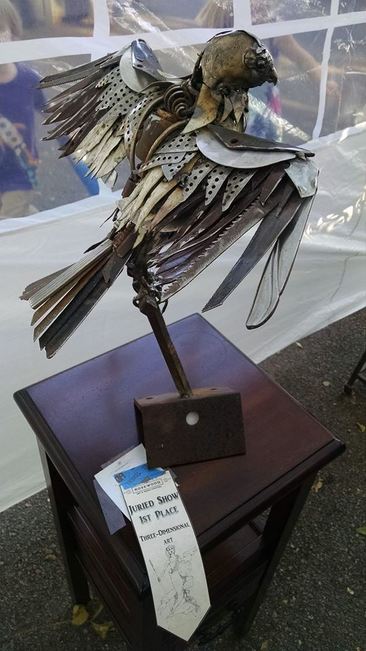
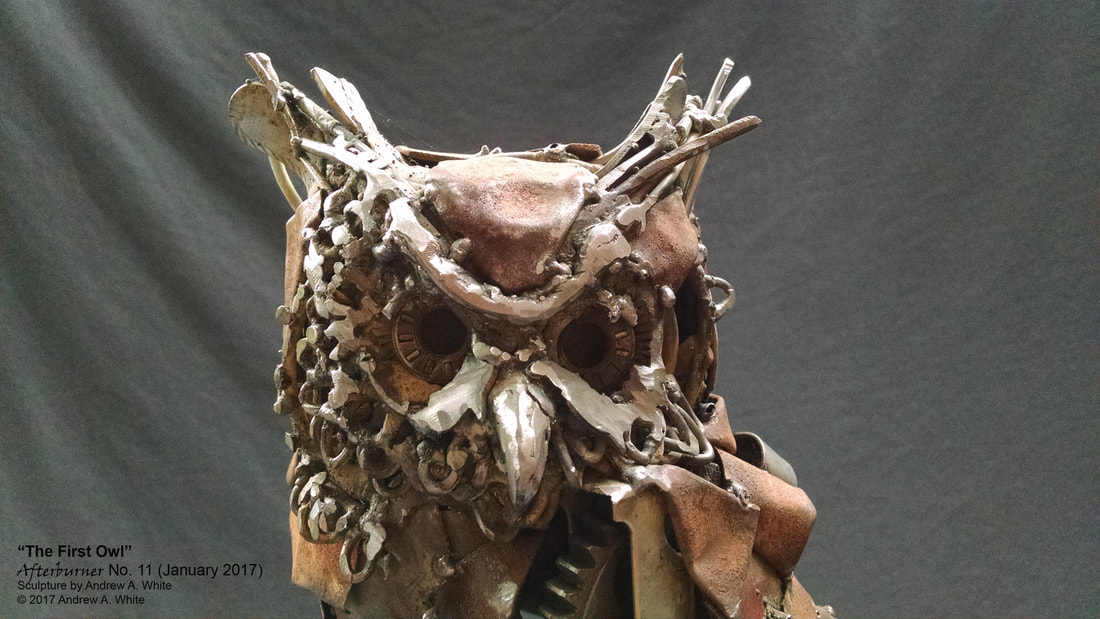
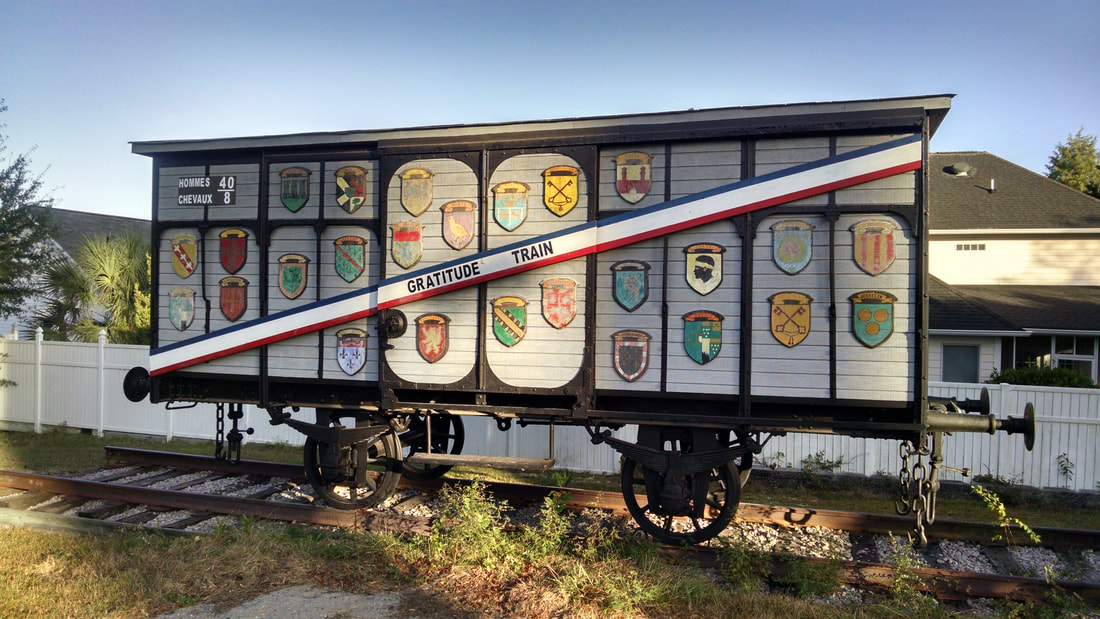
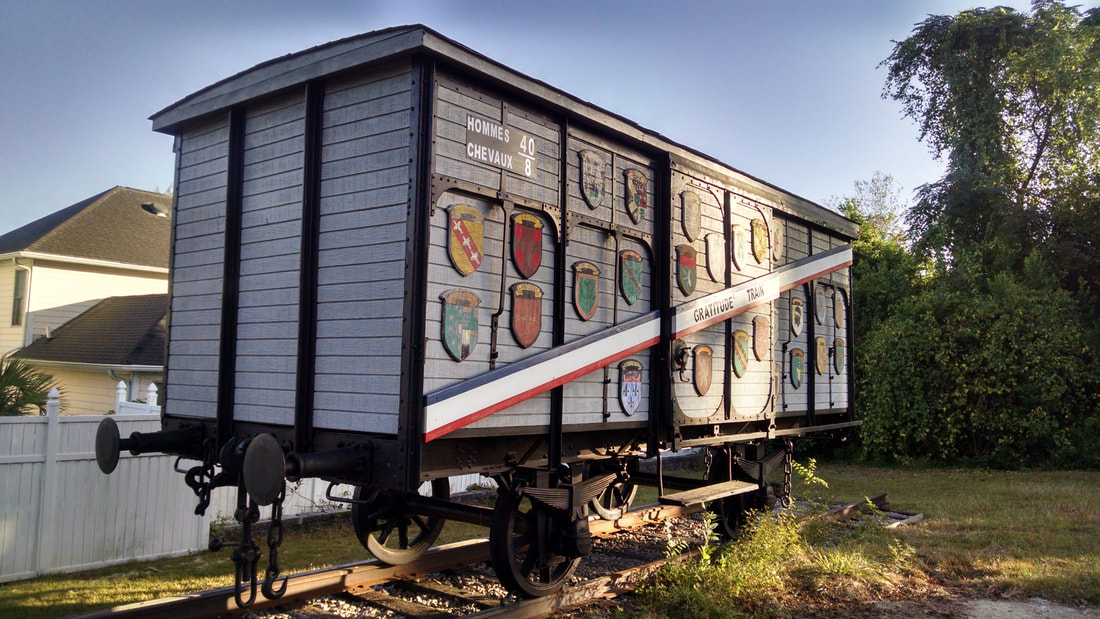
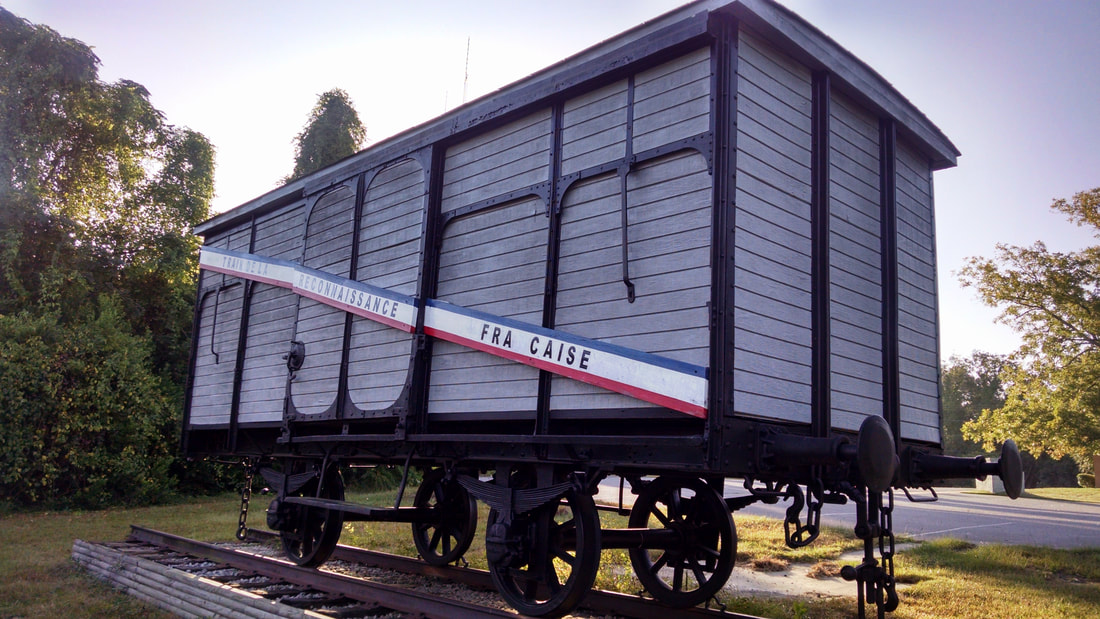
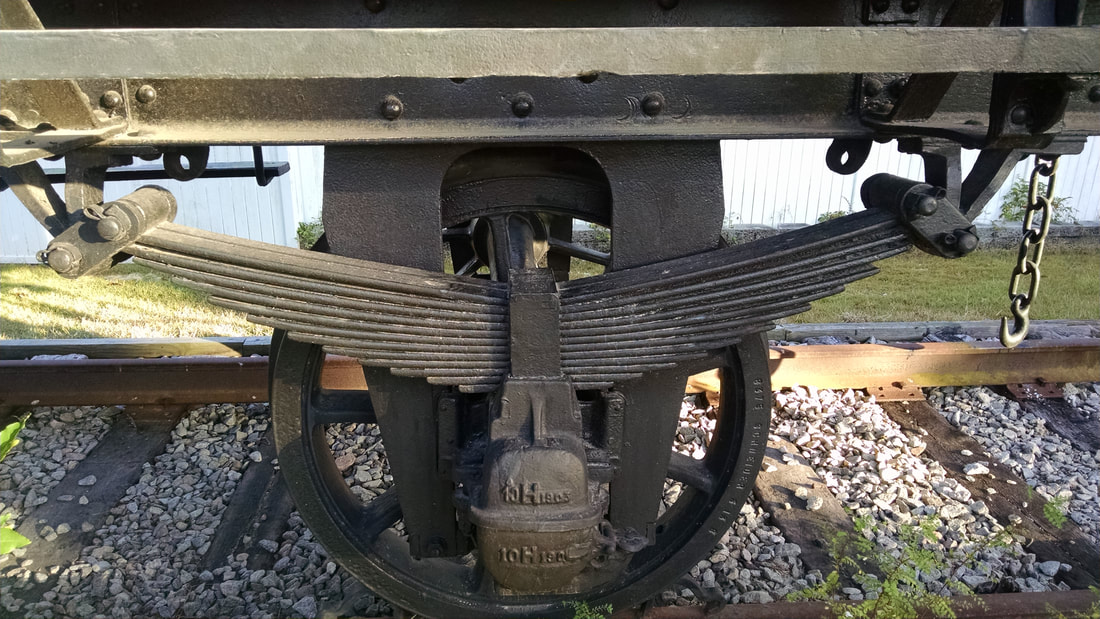
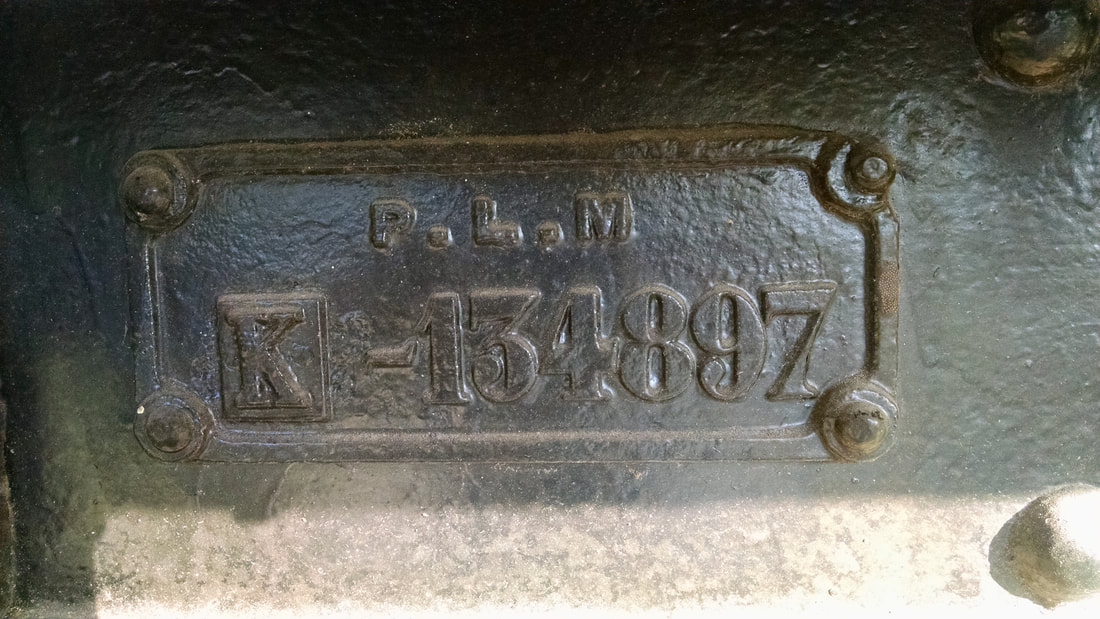
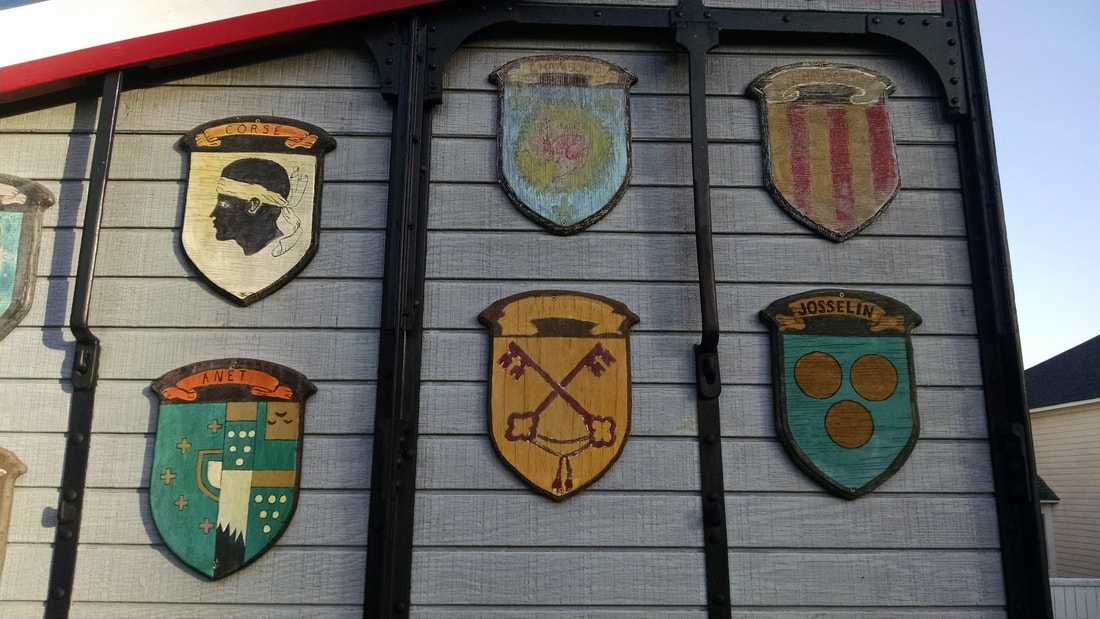
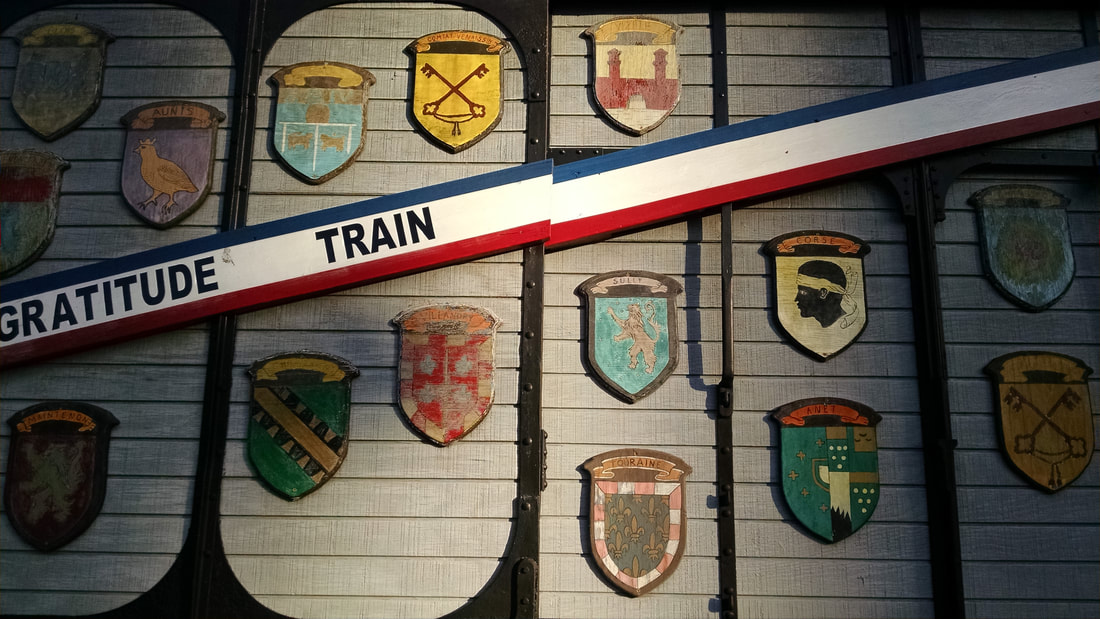
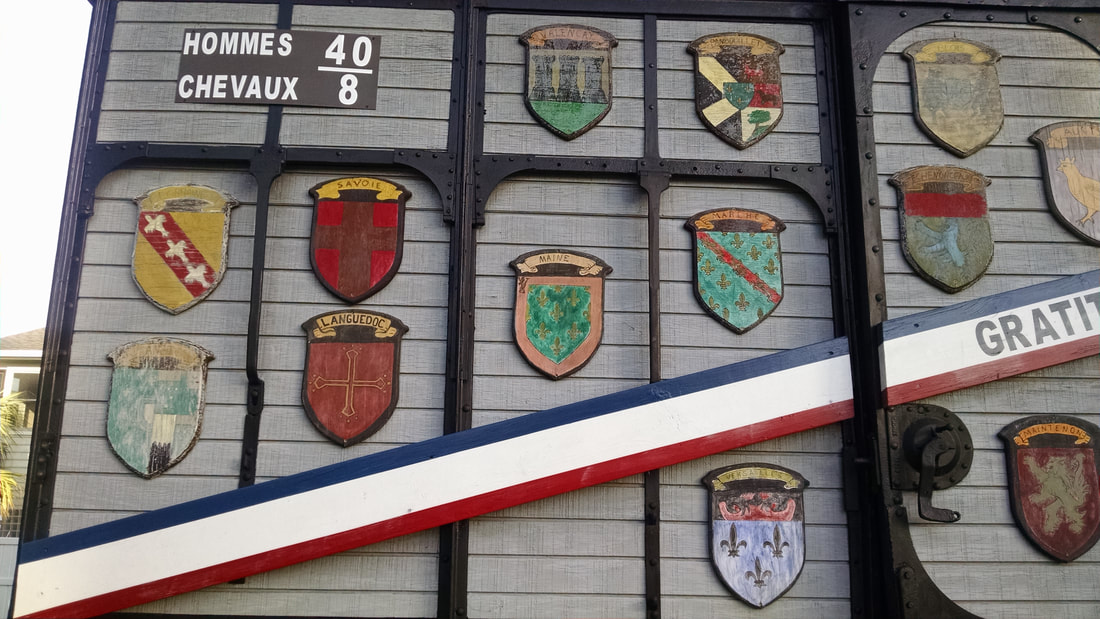
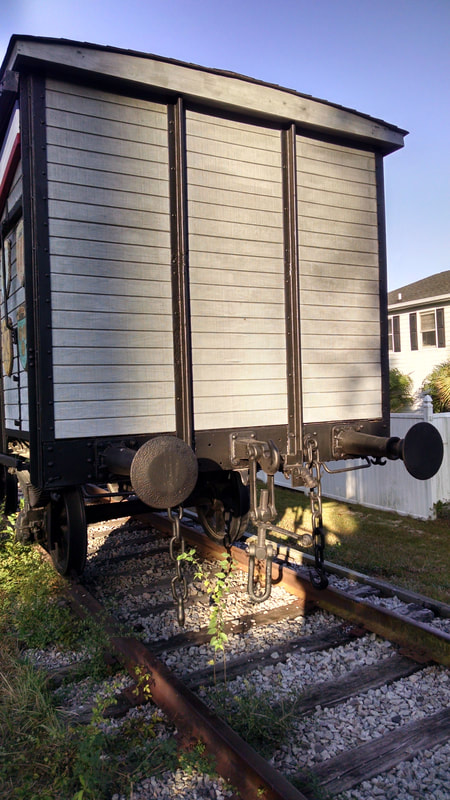
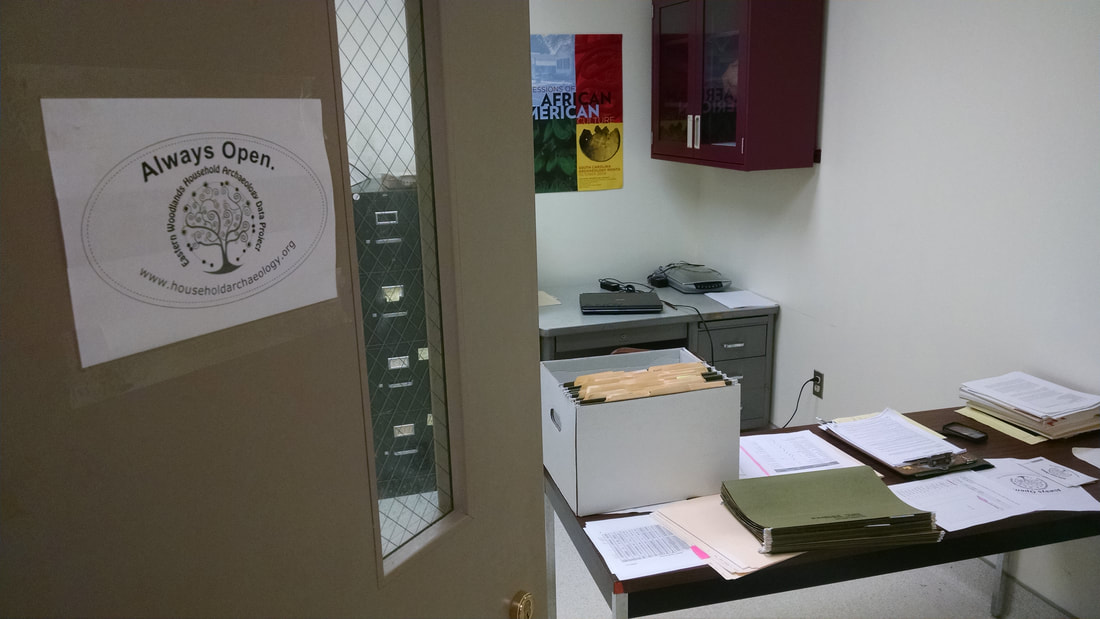


 RSS Feed
RSS Feed
